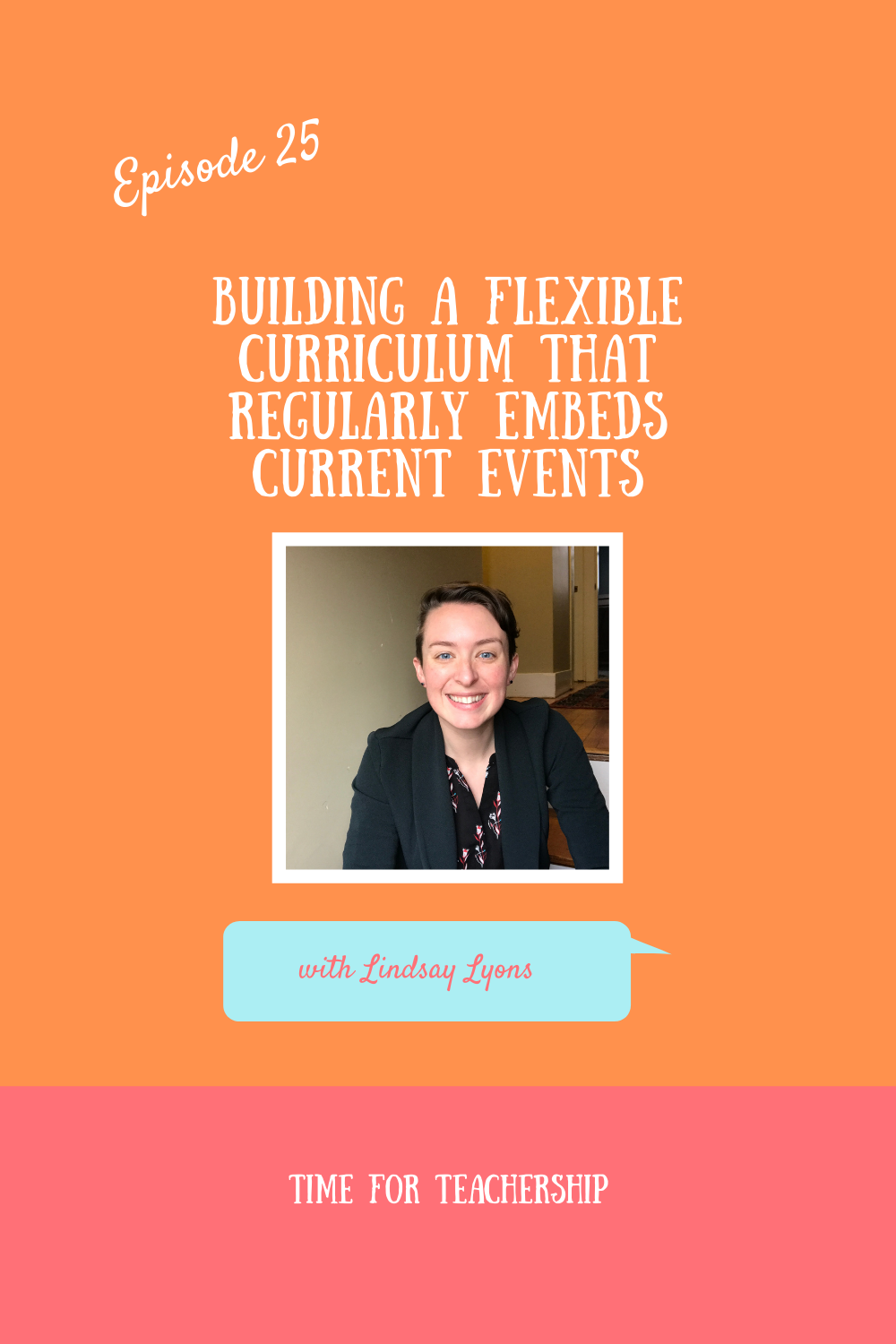|
Make Time for Current Events I regularly talk about the purpose of creating a justice-centered curriculum that talks about current events but today I am going to explain how that’s done. For a quick refresh, this is important because what happens in the world largely impacts our students’ understanding and problem solving. Having discussions about recent issues also connects students to larger themes throughout history. Furthermore, many of these occurrences are likely already affecting students who identify with groups that are continuously targeted based on race, class, gender, and other parts of their identities. Now that we’ve covered that, here are the steps you need to make this work for your units. Step 1: Pick a protocol for discussing current events with your students The goal is for students to be able to process their thoughts and emotions about the event through discussion. You may find it helpful to start with providing a piece of content about the event. Students would be able to read/listen and then engage with the information by annotating or journaling. Then when it comes time to connect as a group, I recommend either a verbal or written protocol where students are speaking with each other about the event or perhaps writing down thoughts in a virtual chat setting. “My favorite has always been circle protocol: a conversation where every student has the opportunity to weigh in and just share something in response to the current event or the topic at hand.” I’ve seen some teachers use additional student centered protocols as well. Student presentations are a great example of that. Step 2: Build the protocol into your flexible unit arc A unit arc is the progression of lesson activities that occur over the course of a unit. There’s a “hook” you want to have at the start of this arc. Your hook can be introducing the event to the class. Then on a different day, you could naturally have that discussion built into the unit. This means you won’t have to put your schedule of lessons on pause like you would without that flexibility. Rethink how you can deliver the objectives without pulling everything out of a textbook. When you switch from memorization of pre-made curriculum to a 4 unit model that’s project-based and centered in current justice events, the outcomes are phenomenal! For one, it enables more deep diving into a specific topic rather than just skimming the surface. Secondly, it will strengthen engagement because students are naturally more focused on what’s happening now in their lives. So leaning into that means you’re now able to go with the tide of attention instead of against it. Step 3: Let Students Lead Now that you’ve figured out how you want to set it up, you can give students the opportunity to lead discussions, choose the current event, and pick the media that they will interact with in the first stage. It’s so fun to see how much variety there is when everyone gets to bring in something they thought of themselves. If you would like some more ideas, the template that I’m sharing with you today is specifically made for student-led discussions around a current event so be sure to check that out! Step 4: Connect the Curriculum to Justice It takes work to relearn your curriculum design because traditional methods do not incorporate enough social justice. But it is so much easier than you think, you just have to be willing. So let’s make a goal right now: In every unit, I will teach for justice. This Is a Major Benefit of Planning Your Own Units When I say that this model gives you room for current topics, I mean it. In one of my classes, current event circles made up 25% of class time each week. I had the freedom to plan on the spot for things that came up. This might not sound like an easy thing at the moment because many teachers haven’t had the PD or clear administrator support to make their planning more flexible. Something that’s really given me more time to be present during class discussions is giving students more opportunities to handle things like outlining the discussion and filling in as moderators. It was powerful to see them facilitate these parts of class and practice those leadership skills. “We’re all sitting in this conversation together and we all get to see each other in these different lights of stepping up to lead or stepping back to be a participant.” Now that you’ve learned the four step process to creating more flexible curriculum with current events, click the link below to access the Circle Planning Template that you can give to your students for holding important conversations in the classroom. To continue the conversation, you can head over to our Time for Teachership Facebook group and join our community of educational visionaries. Until next time leaders, continue to think big, act brave, and be your best self.
0 Comments
Leave a Reply. |
Details
For transcripts of episodes (and the option to search for terms in transcripts), click here!
Time for Teachership is now a proud member of the...AuthorLindsay Lyons (she/her) is an educational justice coach who works with teachers and school leaders to inspire educational innovation for racial and gender justice, design curricula grounded in student voice, and build capacity for shared leadership. Lindsay taught in NYC public schools, holds a PhD in Leadership and Change, and is the founder of the educational blog and podcast, Time for Teachership. Archives
May 2024
Categories |




 RSS Feed
RSS Feed